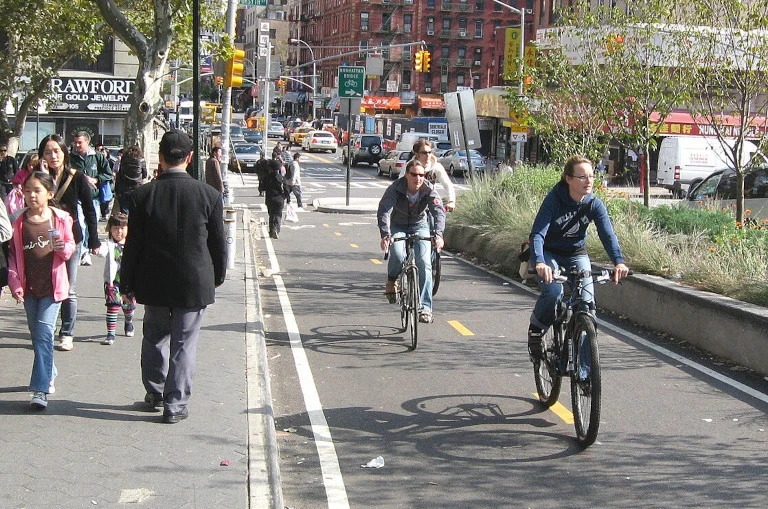The average modern person, by one calculation, spends more than 1,600 hours a year to pay for their cars, their insurance, fuel and repairs. We go to jobs partly to pay for the cars, and we need the cars mostly to get to jobs. We spend four of our sixteen waking hours on the road or gathering the resources for the car.
Since the average modern American, by one estimate, travels 7,500 miles a year, and put in 1,600 hours a year to do that, they are travelling five miles per hour. Before people had cars, however, people managed to do the same – by walking.
By contrast, a person on a bicycle can go three or four times faster than a pedestrian, but uses five times less energy in the process.



It’s some napkin math but I don’t think it changes the outcome. If we go by 428 hours per year, that’s still 17.8 days which is a lot.
The true cost of car ownership you cited was from 2023 and since then insurance premiums and car costs have continued to increase. AAA which could be considered biased, doesn’t include the medical expenses and legal fees involved in car crashes either.
This a great read on the topic, which I pulled a quote from:
AAA appears to include insurance and that would cover some of those medical and legal fees. But that’s sort of my problem we can pull all sorts of numbers into this and push the stats around. Just the infrastructure costs of highways and bridges alone would extremely favor bicycles, but that would also require ignoring all the other use cases for roads (shipping, ambulances, etc.)
I don’t doubt that bicycles are much cheaper and much better (overall) economically compared to cars. I just doubted the numbers and methodology of the source.